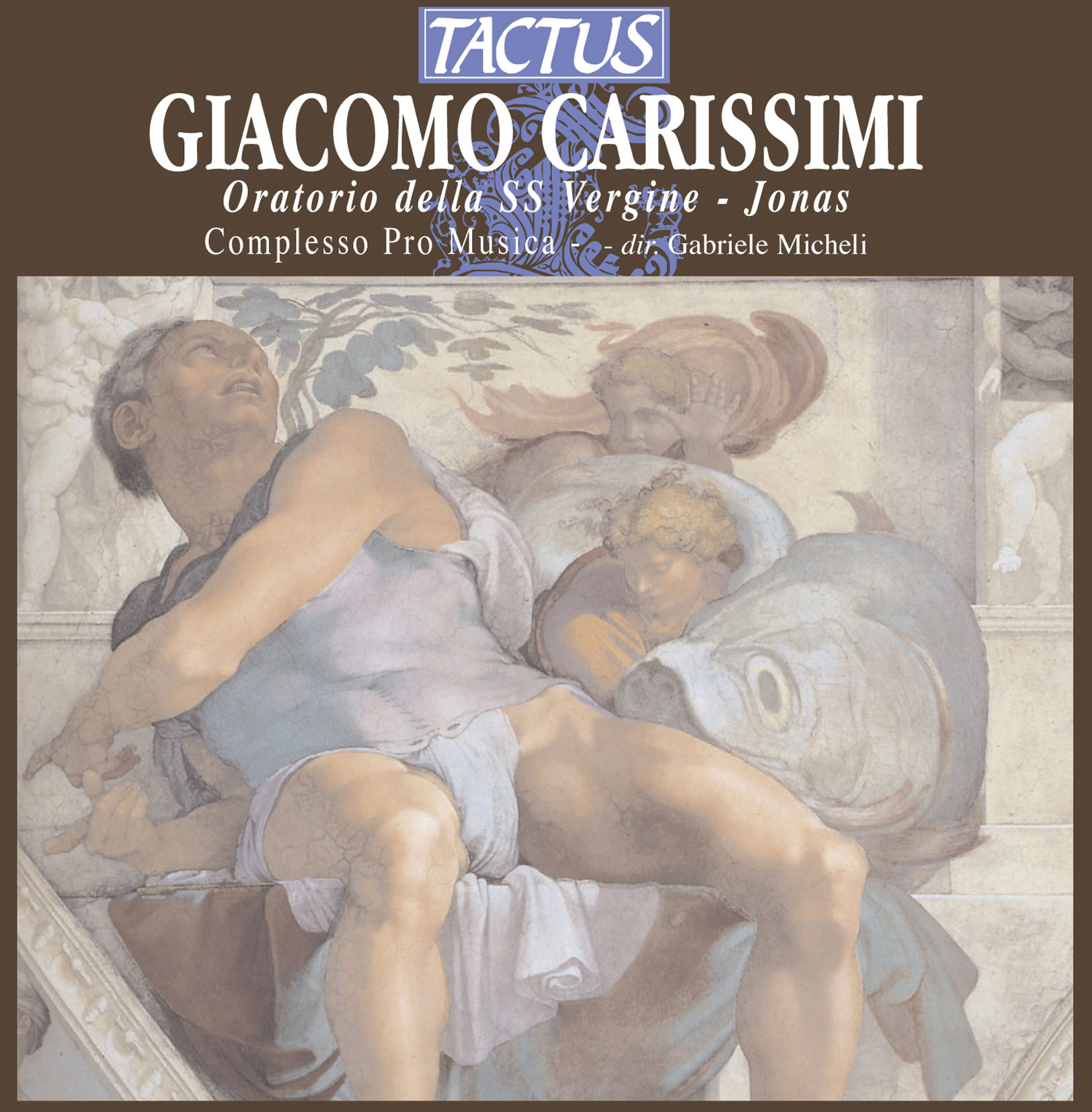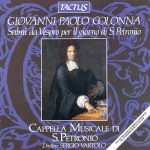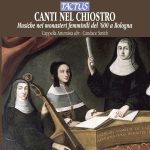CARISSIMI GIACOMO
Whilst he was in Rome, Carissimi soon came into contact with the “esercitii oratoriali” (oratorical exercises) in the form practised by the Compagnia del Crocifisso, in which the musical element was the Latin dialogical and concerted motet, with solo choral and solo parts, and pieces in recitative style, as observed by Maugras: “The voices start with a psalm in the form of a motet, and then all the instrumentalists play an excellent symphony.
After that the voices sing an episode from the Old Testament as a sacred drama.
Then one of the most important preachers gives an exhortation, and this done, the day’s gospel is sung, in which each singer represents a character in the story and expresses the force of the words perfectly”.
Following the work already carried out by Emilio de’ Cavalieri and Paolo Quagliati, Carissimi continued to develop the oratorio as a separate musical genre.
As no autographs of the composer are extant, for the reasons already mentioned, we do not know what terminology Carissimi used for this new kind of music.
Only seven of the Latin oratories in a French manuscript are actually called Oratories, (Judicium extremum, Diluvium universale, Judicium salomonis, Lamentatio damnatorum, Felicitas beatorum, Martyres and Dives malus), the others have been given the name “oratorio” by present-day researchers, but the original titles were historie, historia o motet.
There is a considerable difference in opinion amongst musicologists as to the total number of Latin oratories composed by Carissimi, as different criteria were applied to the term “oratorio”.
To evaluate Carissimi’s part in the development of the oratorio, his great variety of sacred works should be considered, such as the short motets in dialogue form, the biblical “stories”, the lamentations, Latin cantatas and dialogues and the two-part oratorios.
Not only does the length of the composition vary, but also the number of voices, how the dialogue and the narrative roles are assigned to the choir and soloists, and the way choral episodes, recitatives, duets, terzettos, ariosos and instrumental pieces are distributed.
Carissimi’s contribution to this is less apparent in formal innovations than in the way he created an oratorial atmosphere, particularly by means of expressive processes in which biblical episodes are transformed into sacred epics, evidence above all of his otherworldly, impetuous and overwhelming faith.
Tracklist
Carissimi, Giacomo
Oratorio della SS vergine
1 - Sinfonia (5:10)
2 - Io dell'eterna Mente … (7:49)
3 - Ecco al vento le bandiere (1:51)
4 - Taccia Betulla (3:18)
5 - Su su si spogli di fiori il prato (5:52)
6 - Notte mai non e sì nera (1:51)
Jonas
7 - Simphonia (5:24)
8 - Et praeliabantur venti (10:14)
9 - Tulerunt nautae Jonam (9:24)
10 - Peccavimus, Domine (3:34)
- Composer: CARISSIMI GIACOMO
- Performers: Complesso Pro Musica Firenze: Sabrina Guidotti, Barbara Nizzi: Sopranos; Tiziana Somigli: Contralto; Roberto Casi, Umberto Nizzi, Francesco Sclaveran: Tenors; Umberto Baldini, Franco Viciani: Bassi, Davide Monti, Angelo Bartoletti: Violins; Jean Mary Quint: Bas de violon; Pierluigi Ciapparelli: Theorbo; Gabriele Micheli: Organ and Conductor
- Historical Period: Early Baroque
- Code: TC 602802
- Edition: May 2006
- Barcode: 8007194103700
- Set: 1
- Total tracks: 10
- Total duration: 00:54:34







